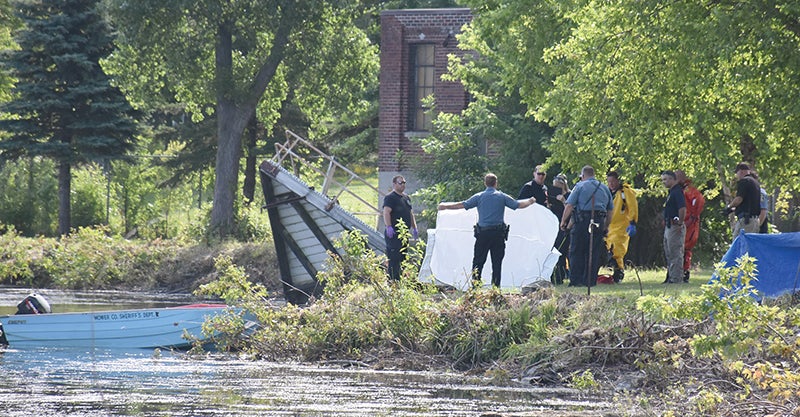Two different sources of funding cause problems for courts
Published 12:00 am Tuesday, April 25, 2000
Mower County Third Judicial District Judge Donald E.
Tuesday, April 25, 2000
Mower County Third Judicial District Judge Donald E. Rysavy points out: "I think it is very, very important to distinguish that we’re talking about two different funding situations.
"The court administrator’s office is funded through county funds. The increase of cases has affected both of those levels at the court administration level and the judiciary, which is state funded. The critical issue right now from a state-funding standpoint is that the judiciary is totally state-funded.
"We have to handle that increase that the court administrator is talking about with the same or less numbers, because we are filling vacancies and we have had to cut retired judge time when we do have vacancies."
Thus, while the Mower County court administrator is dependent only upon the five-member county Board of Commissioners for funding her department, Rysavy and the other judges in the Third Judicial District must depend upon a state legislative body, where politics sometimes supersedes practicality.
Thus, the relationship between judges and county court administration is vital.
And, because there is a shortage of funds and judges to hand down justice, the situation has made court administration, prosecutors, the public and others victims as well as sitting judges.
Rysavy said Mower County has had a "tremendous level of support" from the rest of the Third Judicial District, while it deals with the judge vacancies.
"Part of it is necessity, because we live or die together. We are district judges, rather than county judges.
"In Judge (Michael) Seibel’s absence, Mower County is probably one of the more critical areas in the Third Judicial District," he said. "We have a 2.43 judge need, which means we have only one sitting judge right now and we are trying to get between three and four days a week of coverage from the rest of the district."
"We’re trying to spread out a 2 1/2-judge need over about 1 3/4 judges," he said.
The obvious questions are: What went wrong? Why the shortage of judges? Why the shortfall of state funds? Rysavy is defensive about the matter.
"I don’t know that anything went wrong," he said. "This is a combination of a number of factors."
What happened, according to Rysavy, is the Minnesota Legislature recognized a year ago the number of judges wasn’t keeping up with the number of cases. In turn, the Legislature approved 13 new judges’ positions to be funded. This was less than the 18 requested by the judiciary, but a satisfactory compromise – at the time.
In addition, the Legislature authorized a pay hike for judges.
However, the Legislature did not approve any funds for the new judges and pay hike and demanded the state court system fund the measures from existing budgets.
"Even that was an acceptable situation," Rysavy said, "because we had the great need for people and were prepared, at least in the short-term, to move other budgetary items to other places.
"Even though it wasn’t good fiscal work. It was necessary and every branch of government does those things."
A huge 44 percent hike over two years for health insurance costs for the executive and judicial branches’ agencies consumed more monies from the budget than anticipated.
Because the state court system’s budget is 90 percent people expenses and 10 percent other, a bad situation went to worse.
"If you can’t meet your budget, the only place you have to cut is people," Rysavy said. "The cut of people is what caused the problem in the first place, so you’re compounding your misery (if more cuts are made)."
Another obvious question is: Are any counties top-heavy with judges in the Third Judicial District?
"The sitting judges were appointed at a point in time, where judge need was established," Rysavy said. "But demographics change. Communities grow, communities shrink. Need changes, but you can’t just shove a half a judge some place, so what happens is the need was starting to occur on the western side of the district. Owatonna was grossly under-judged. Mower County was beginning to be substantially under-judged. Winona, at the time, was somewhat over-judged. That causes a little bit of a problem, because it’s a long way to Winona to send a judge on a daily basis."
At the direction of the judicial district’s chief judge, Gerard Ring, an equalization committee looked at the situation and tried to adjust by assigning judges to the county that needs them the most.
That worked, but not for long. Last year, the situation of understaffing became critical in Rysavy’s opinion, when unfilled vacancies, retirements, illnesses and family leaves depleted the available judge numbers.





